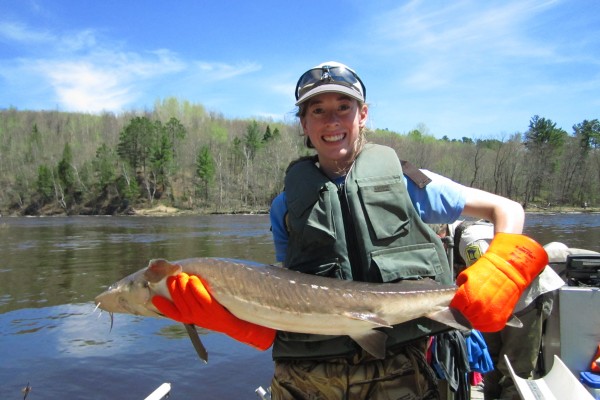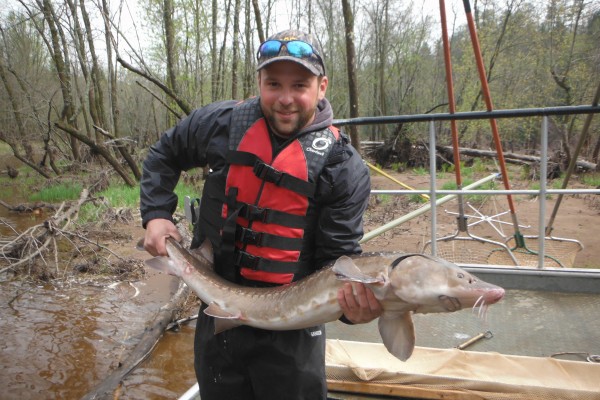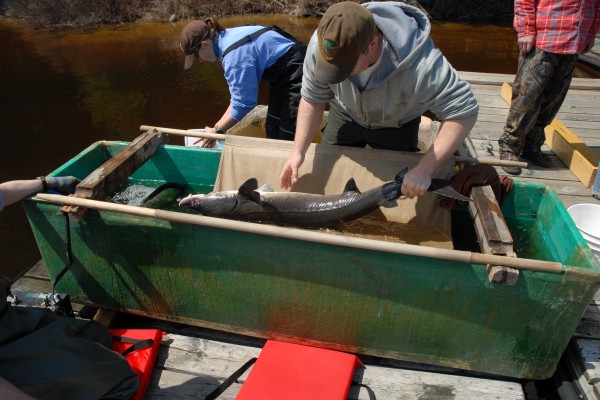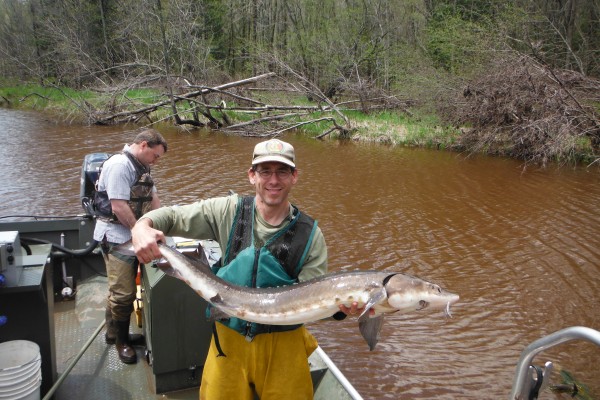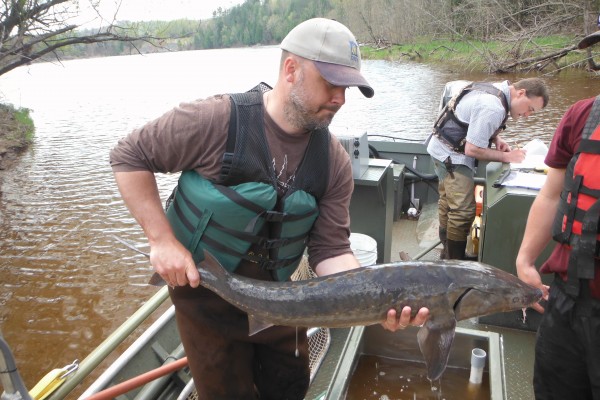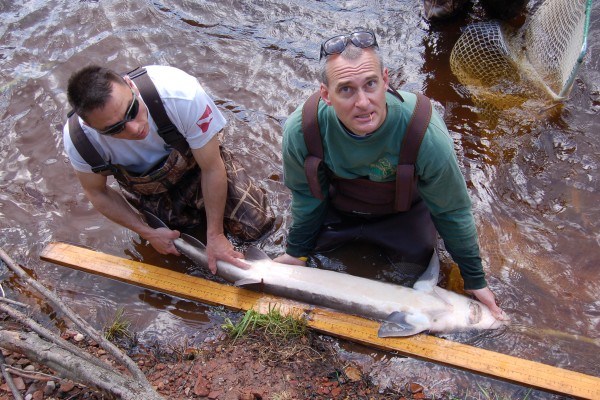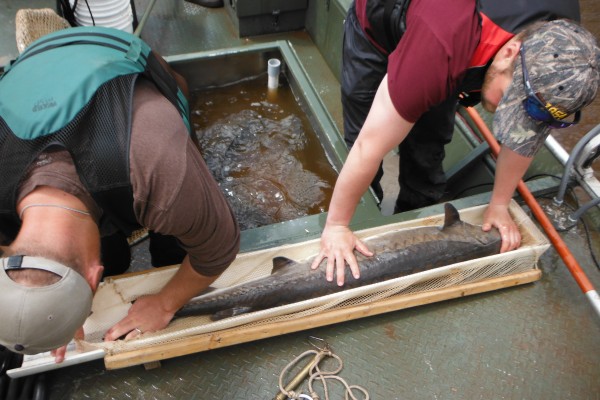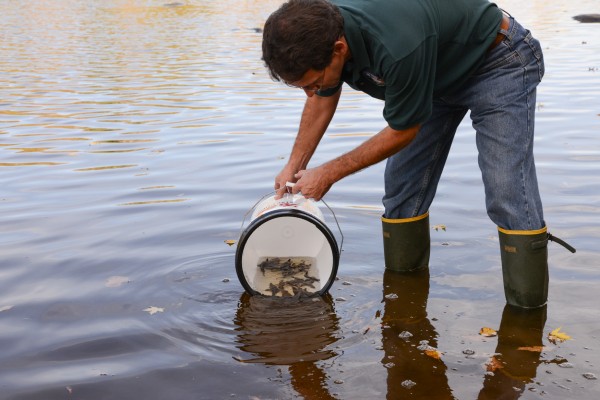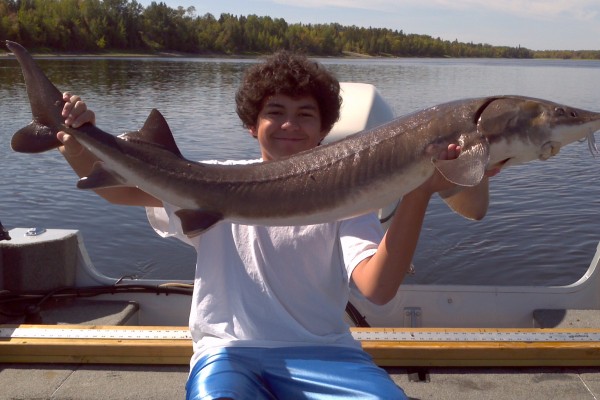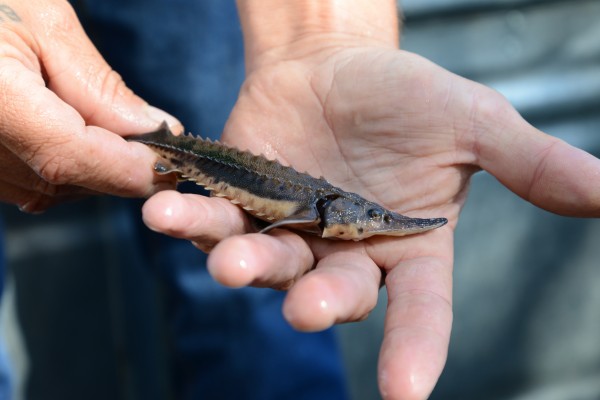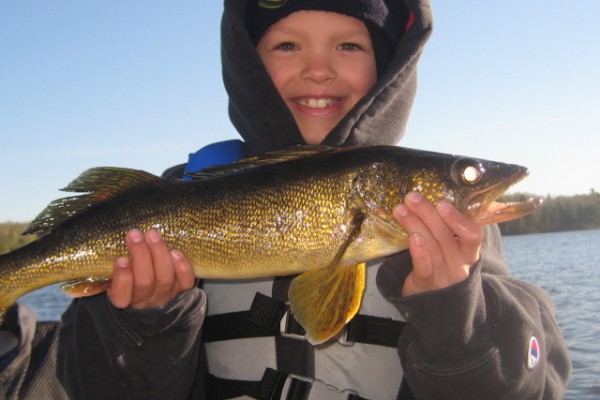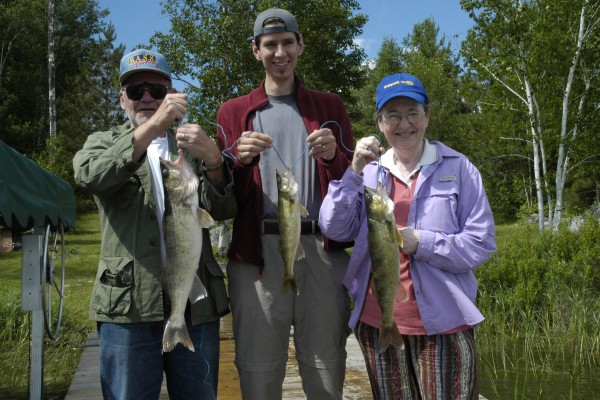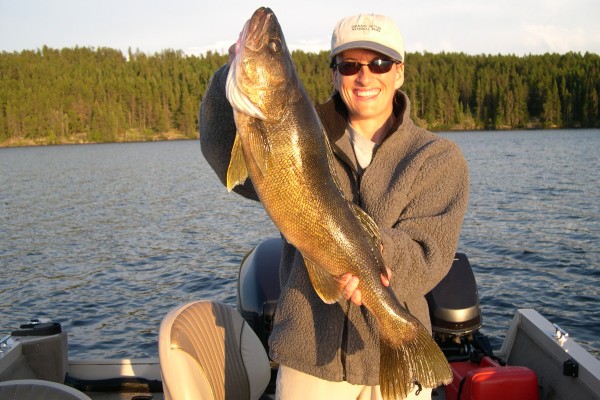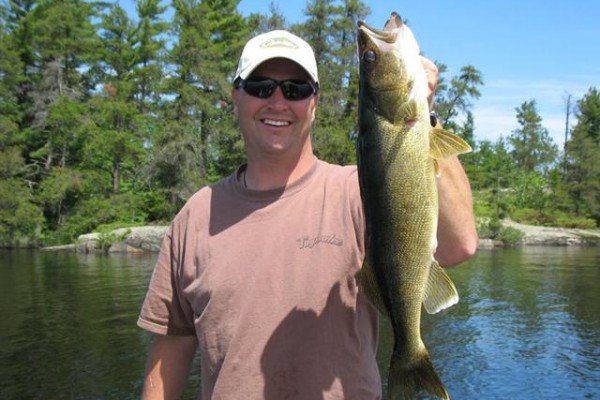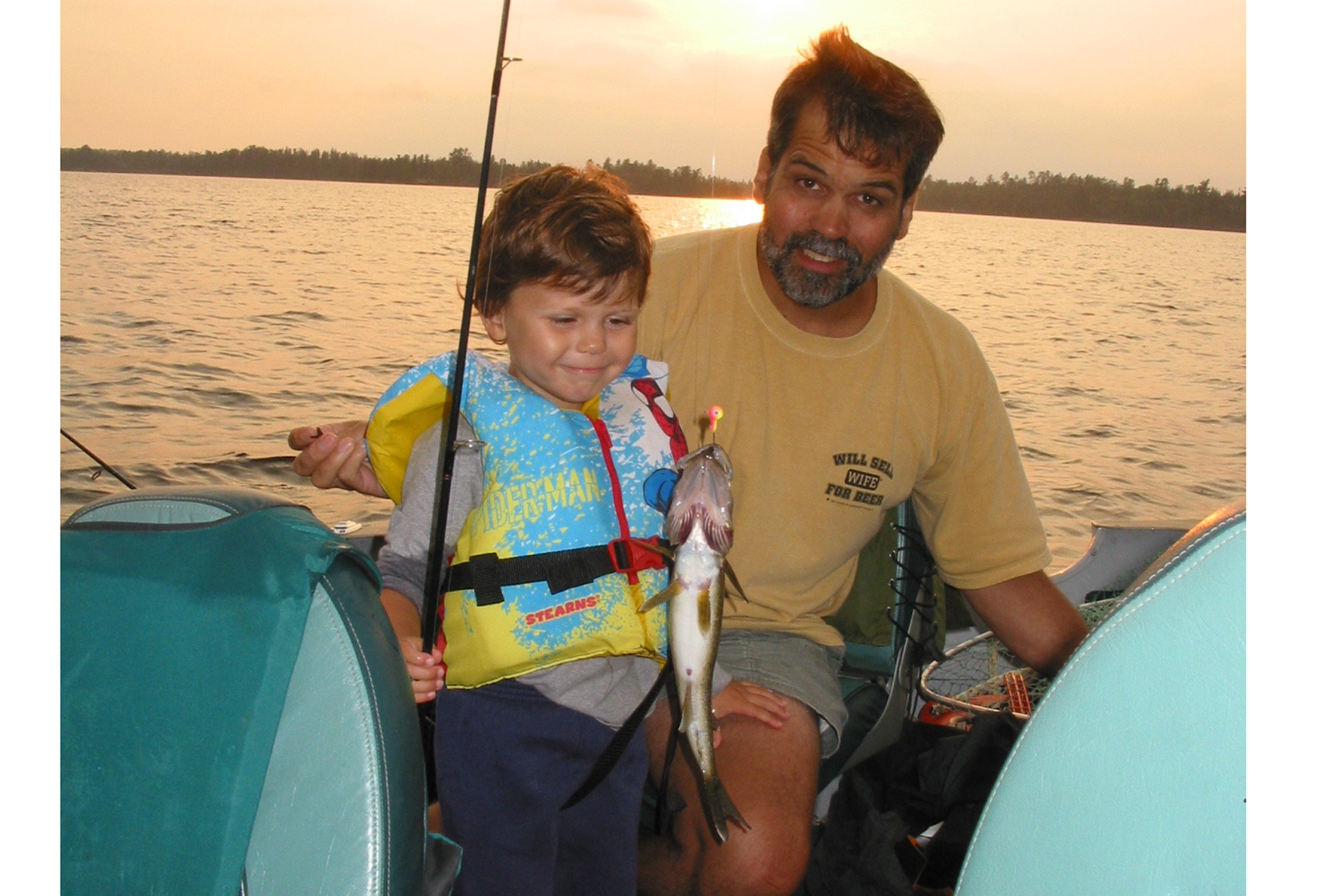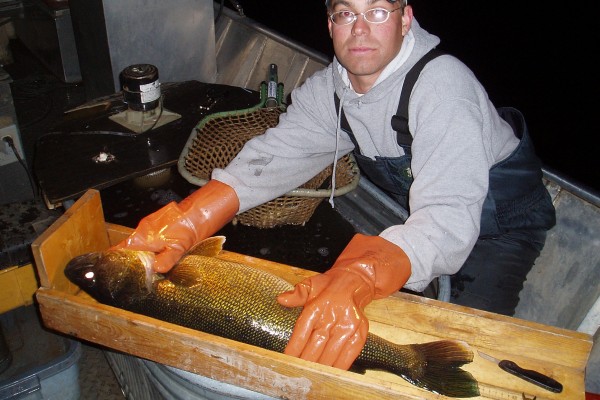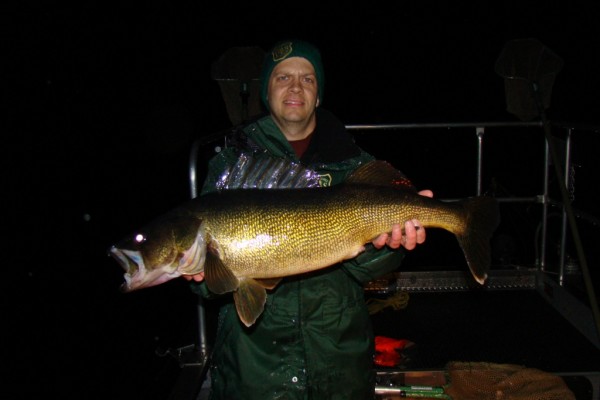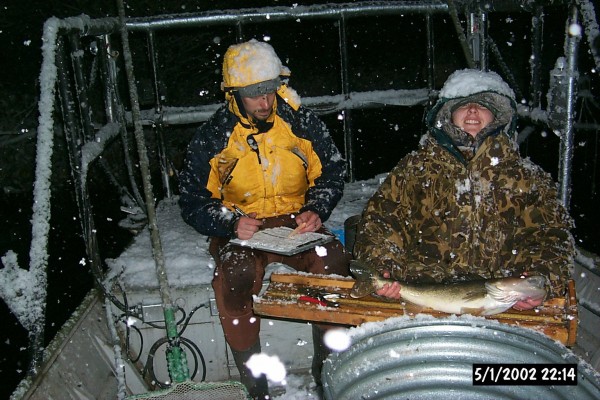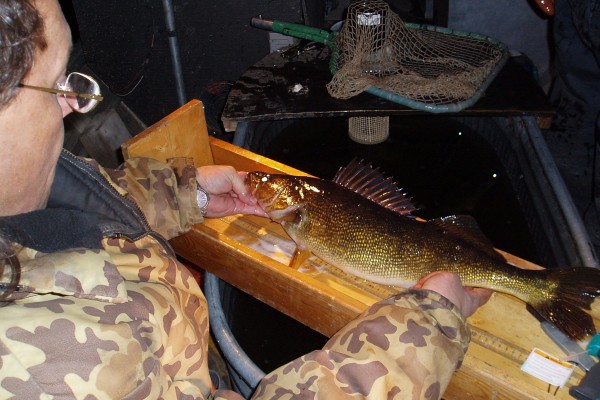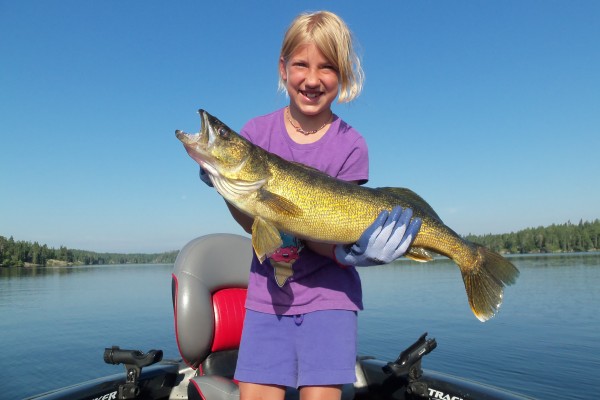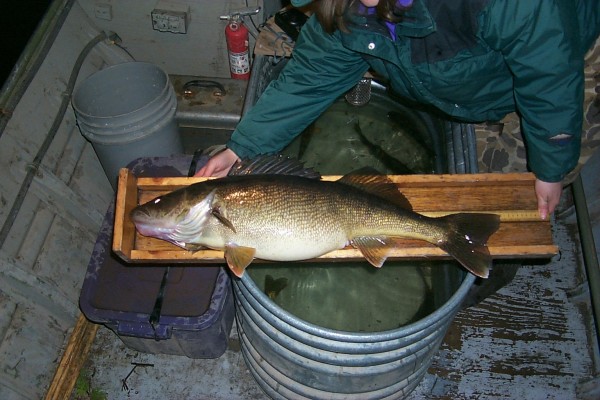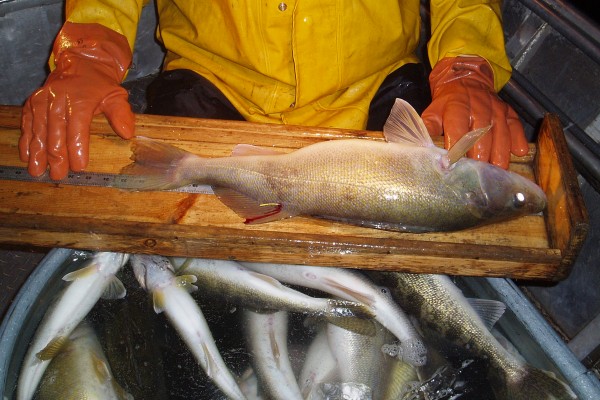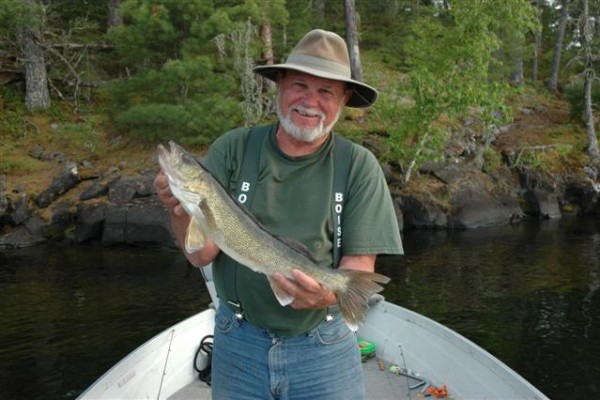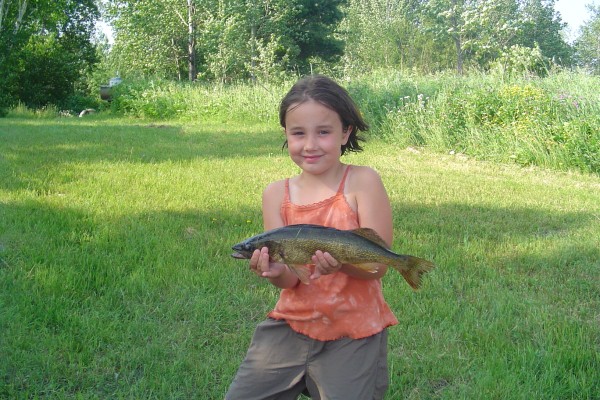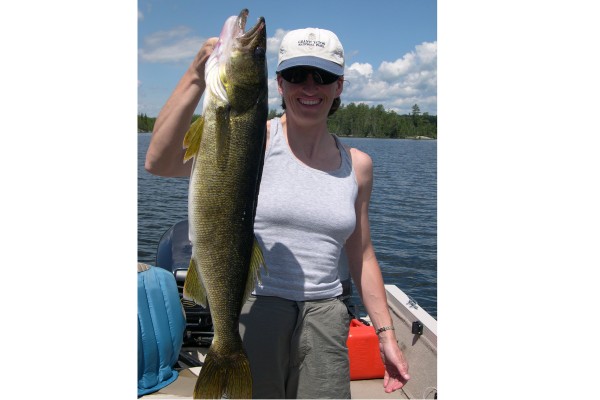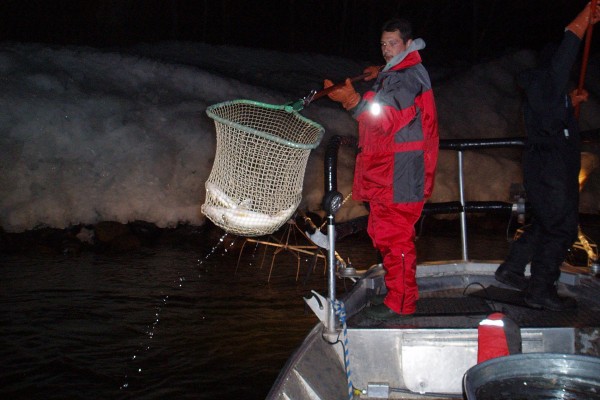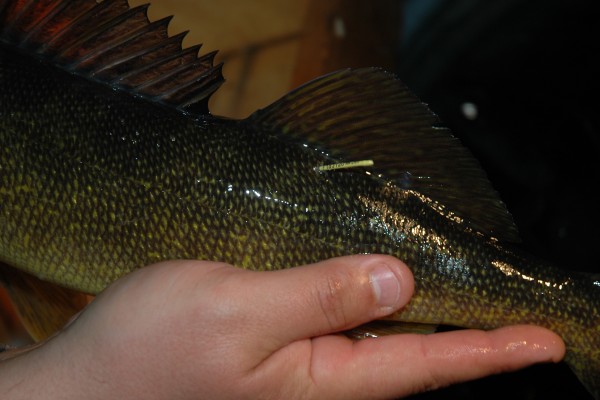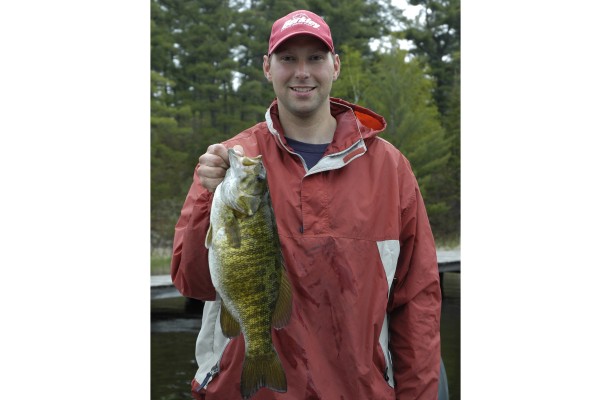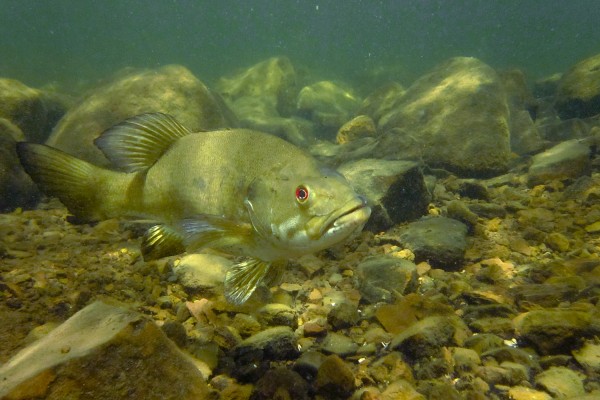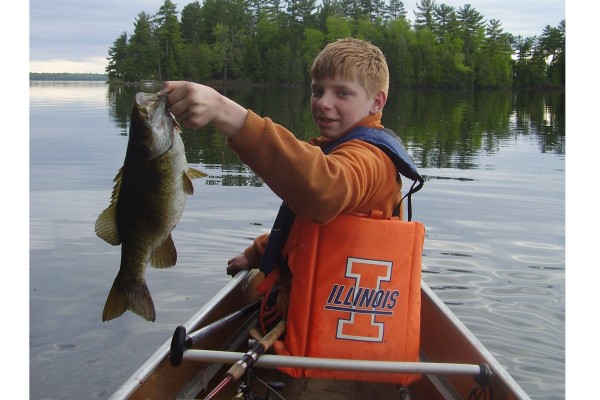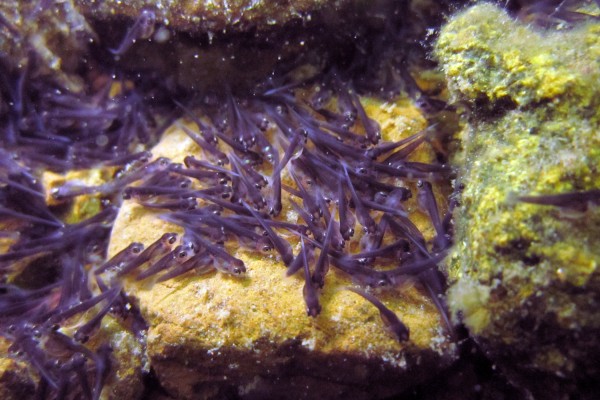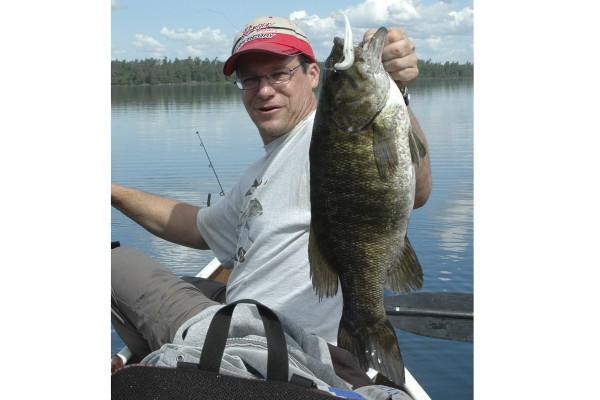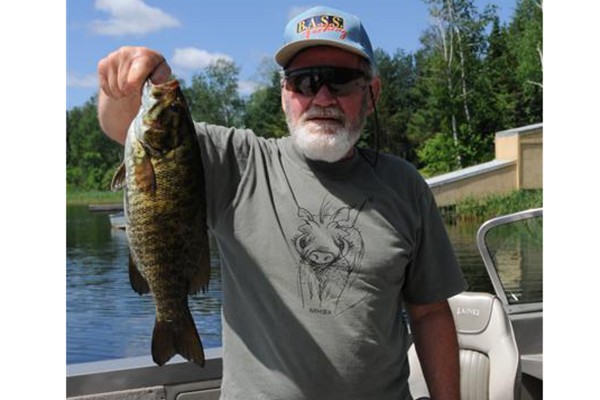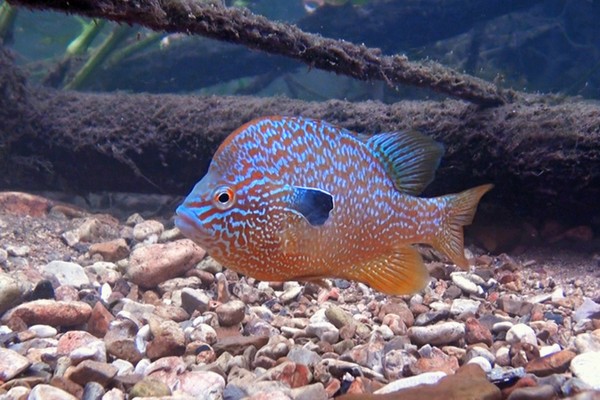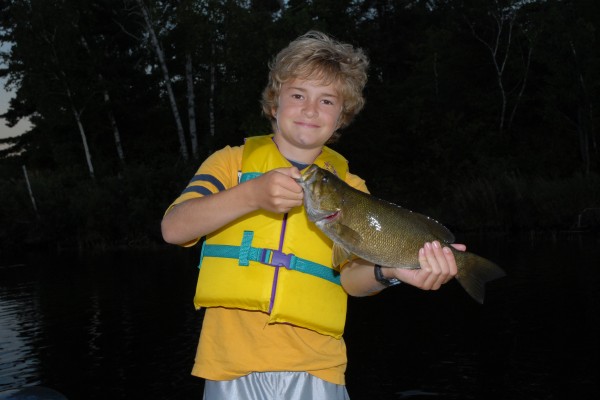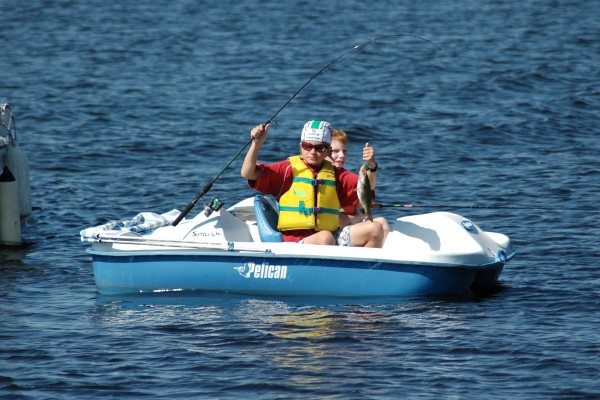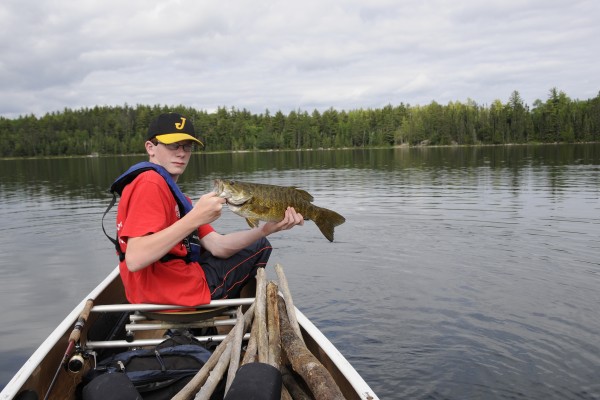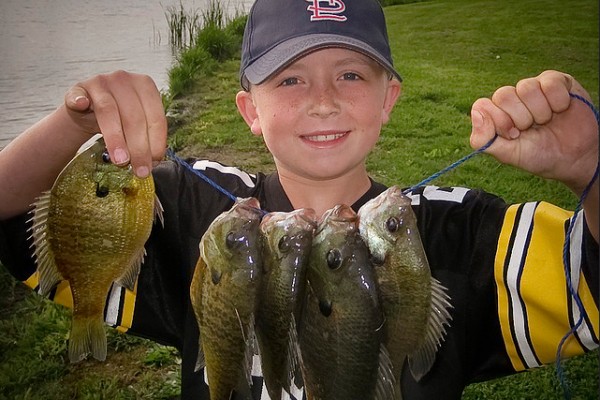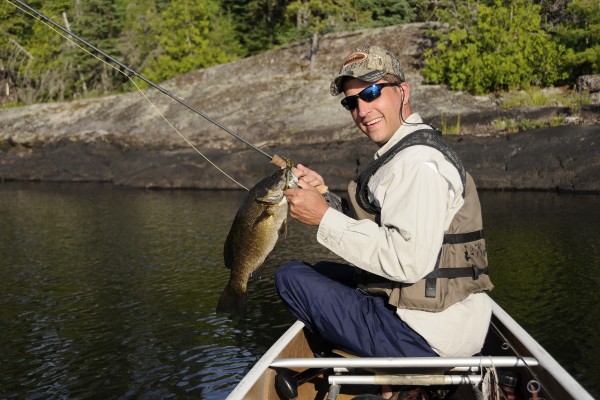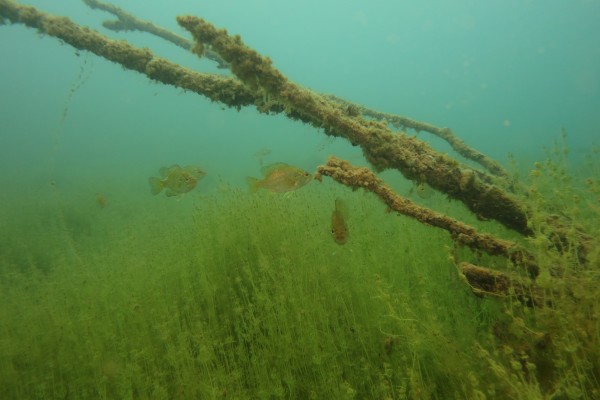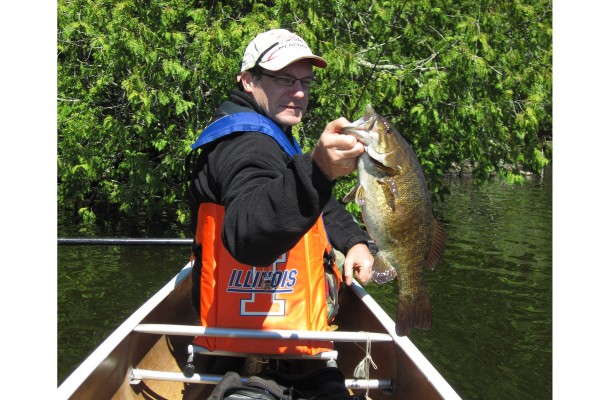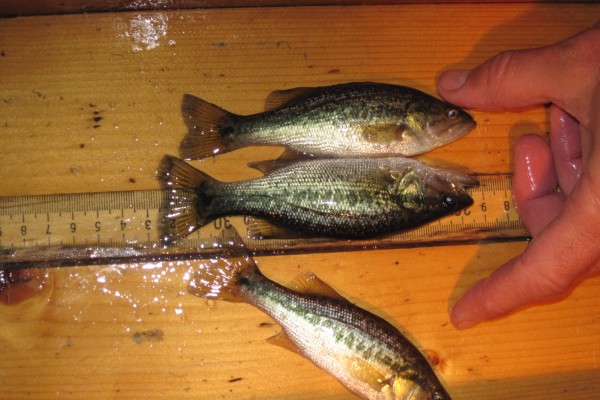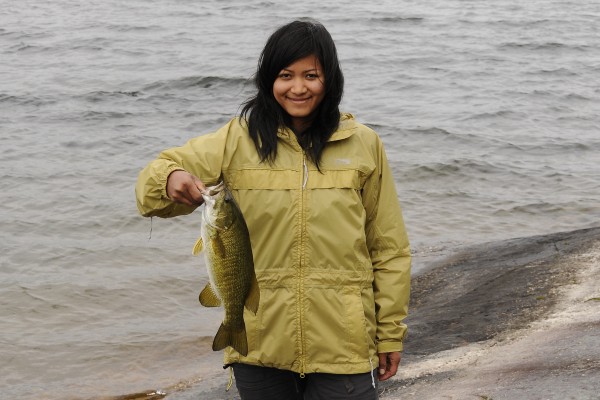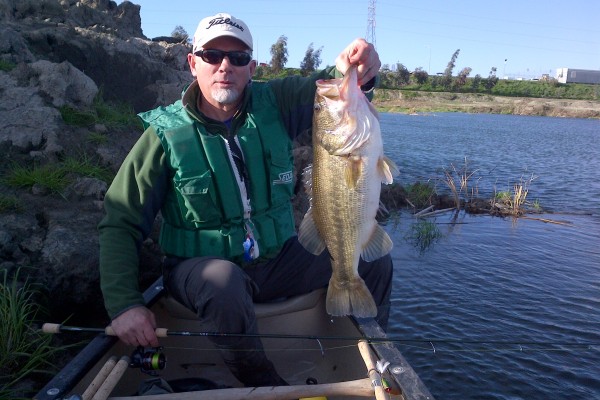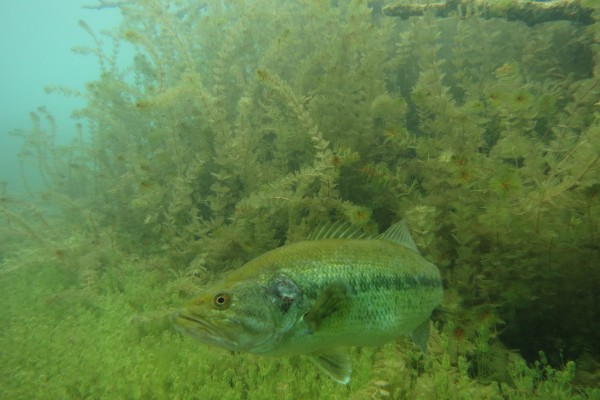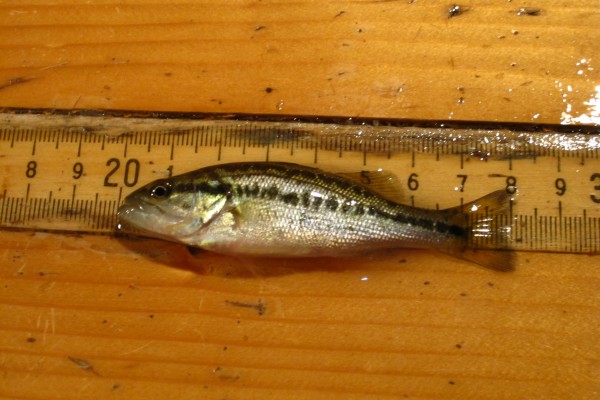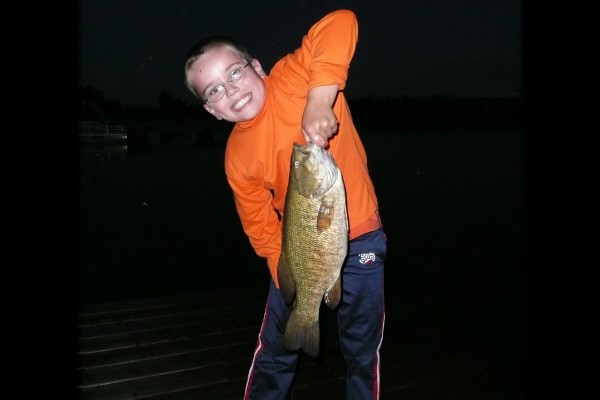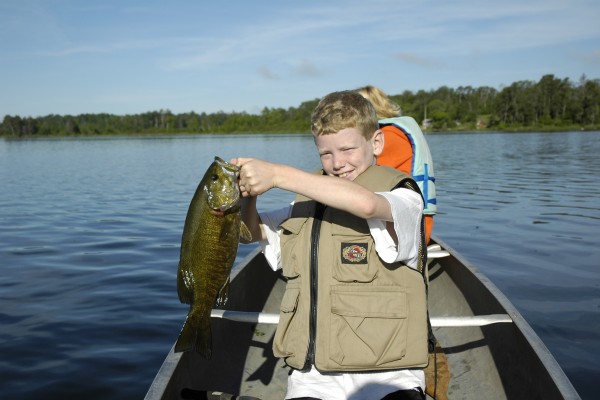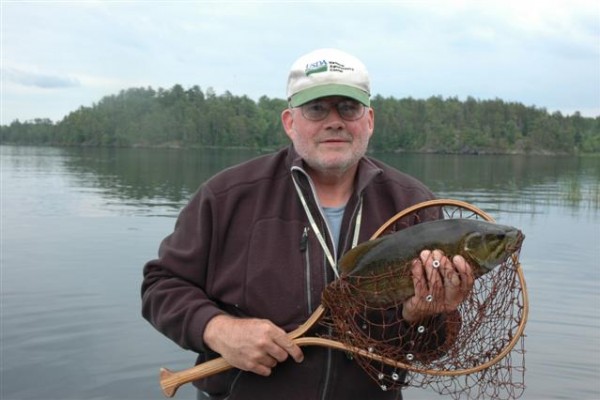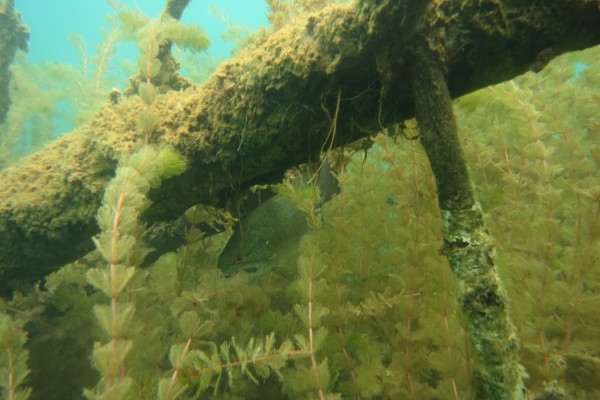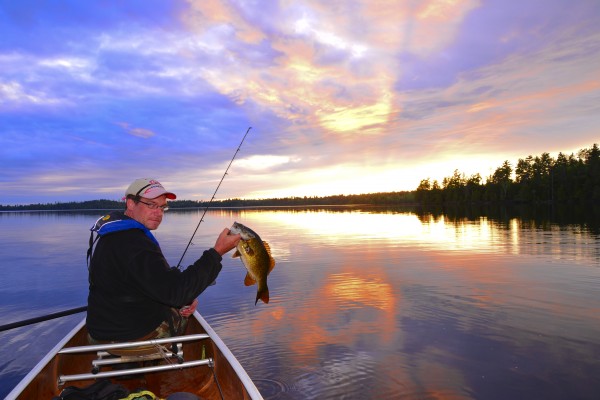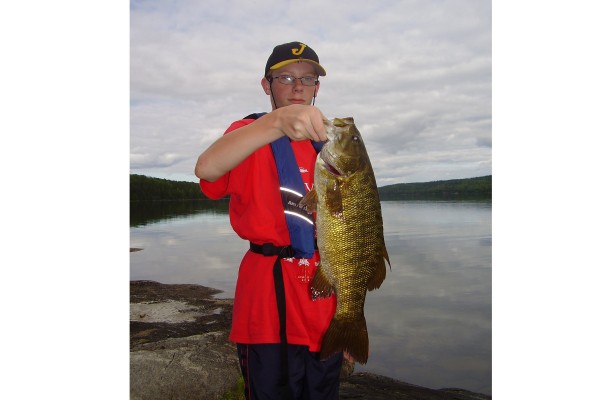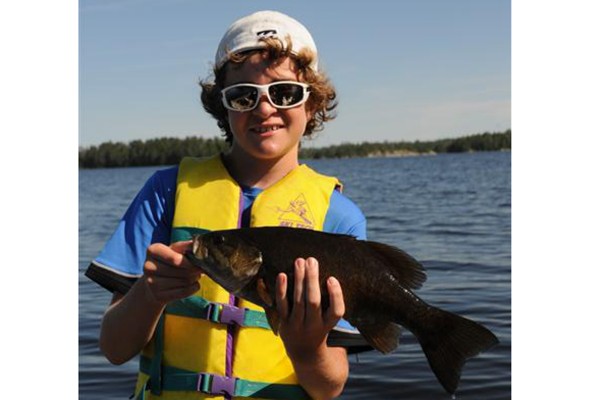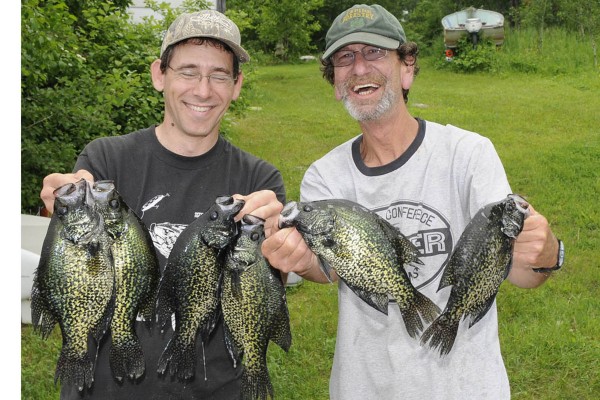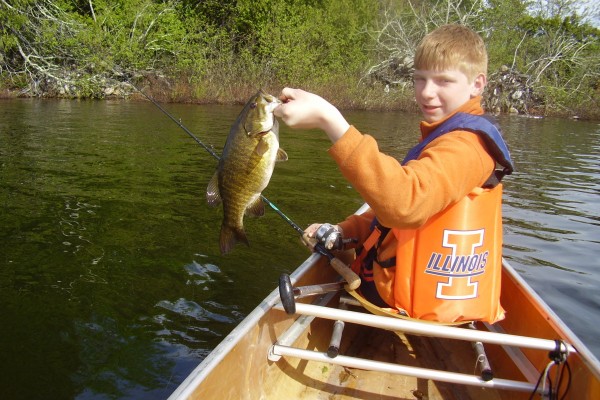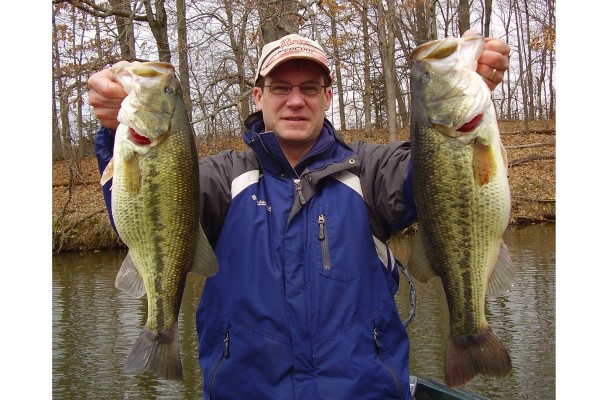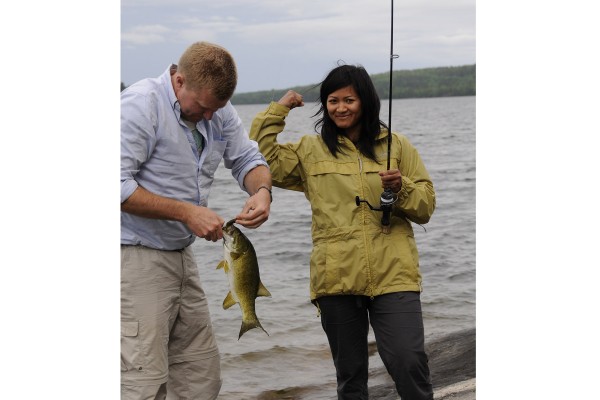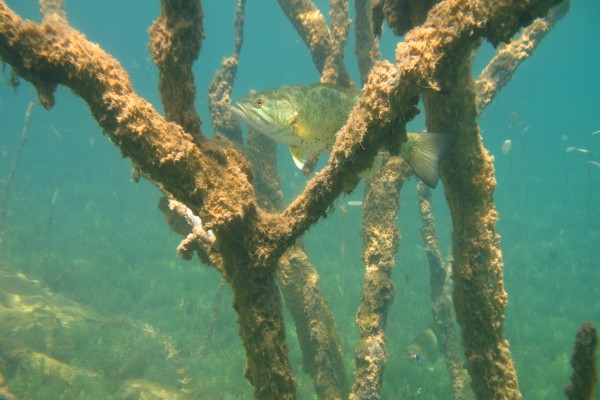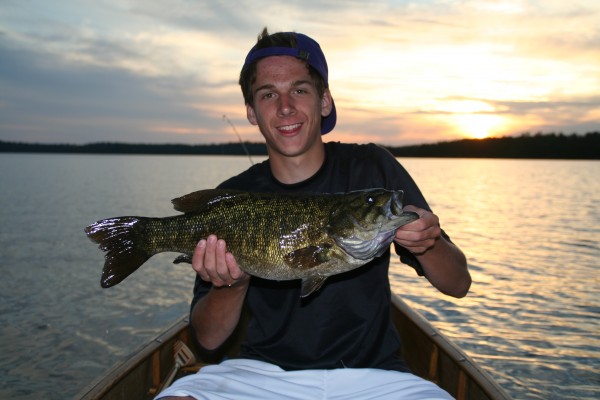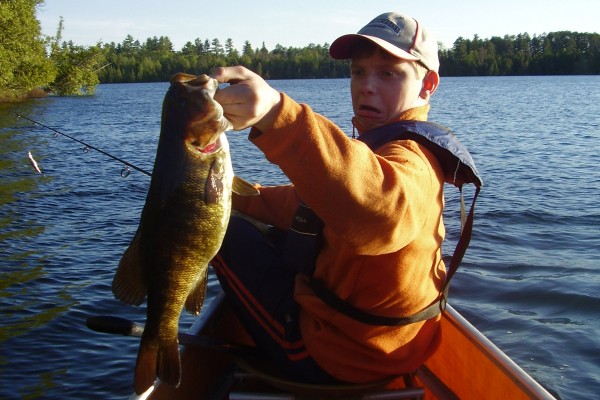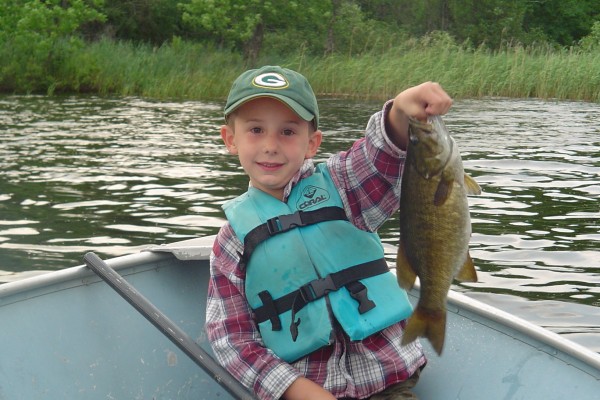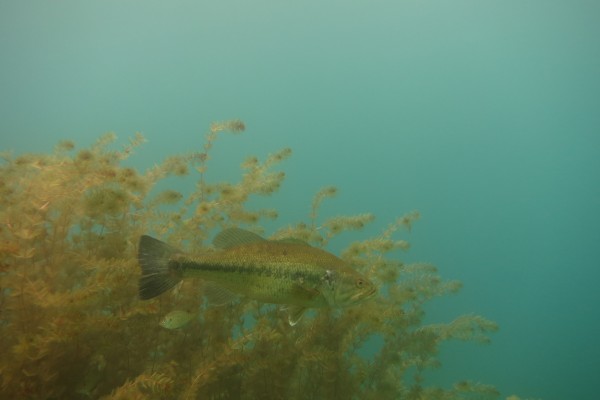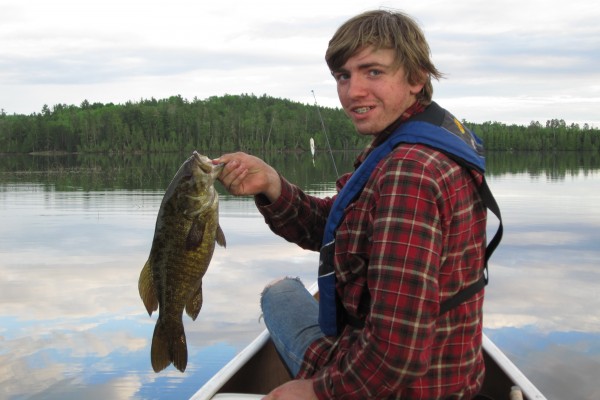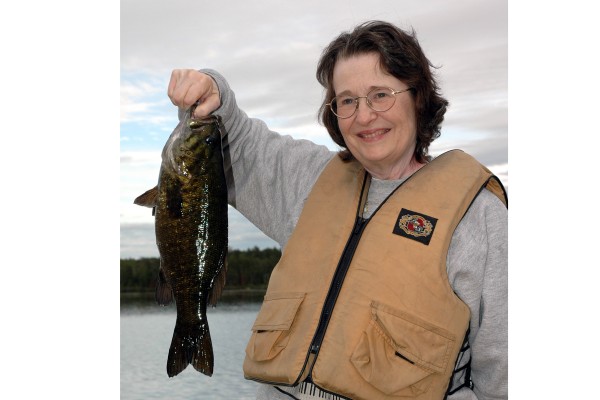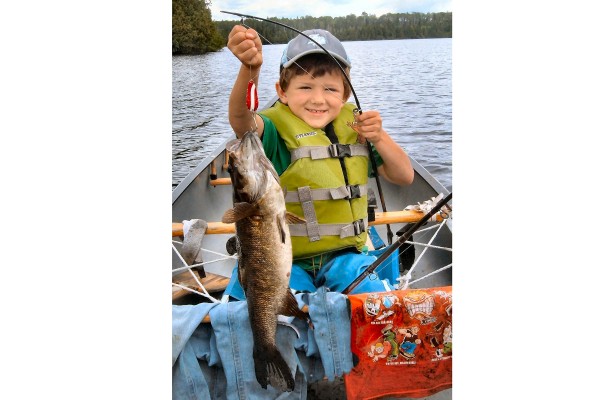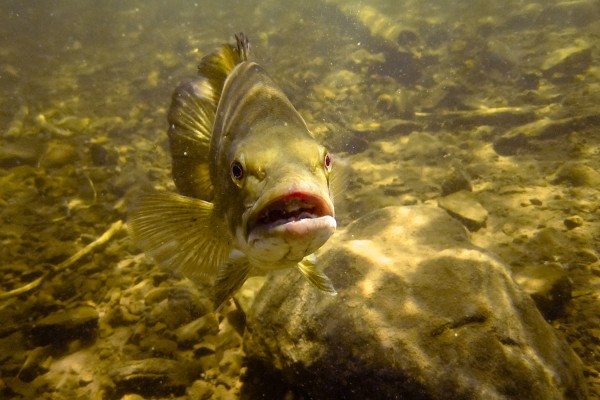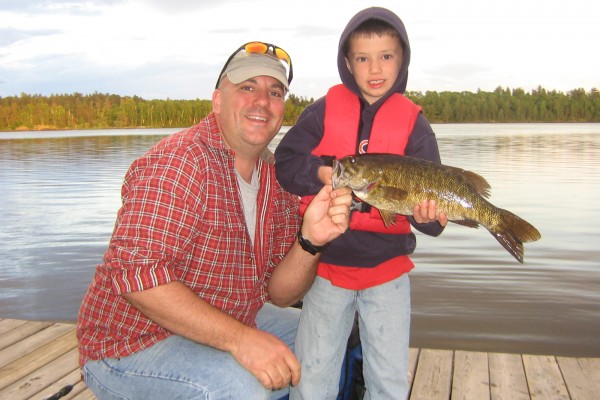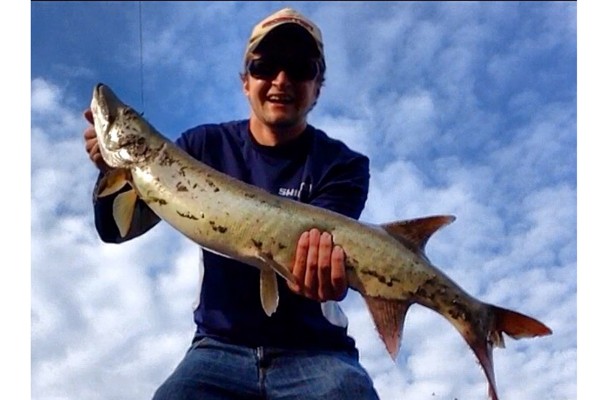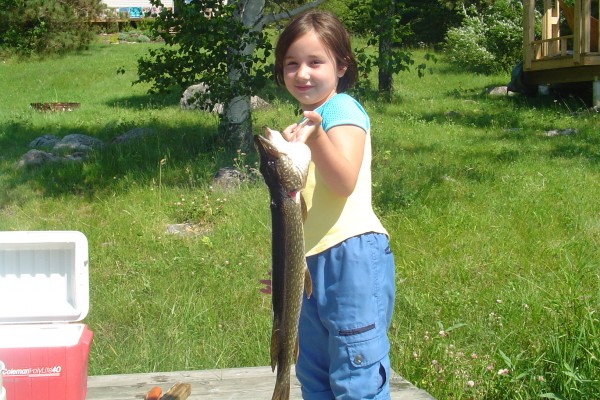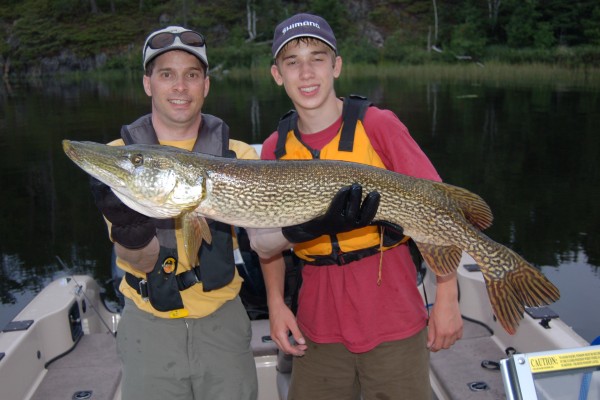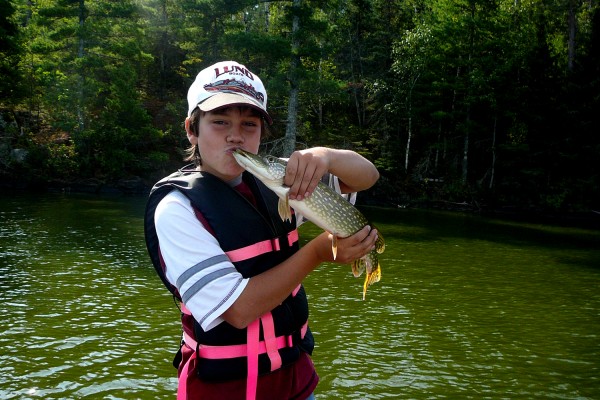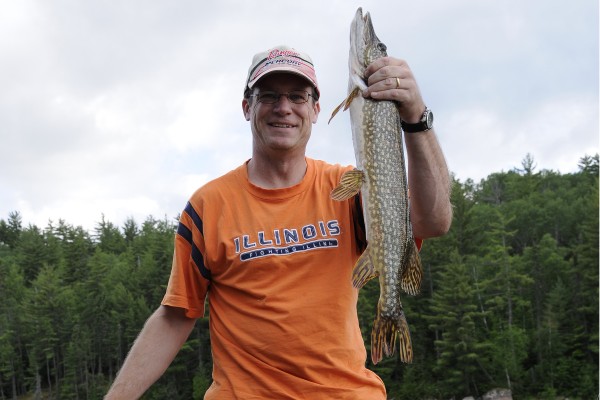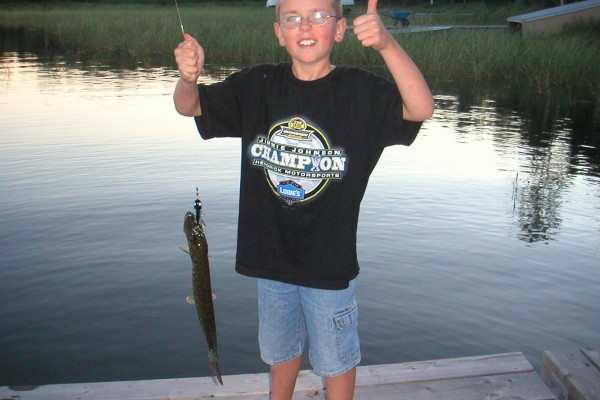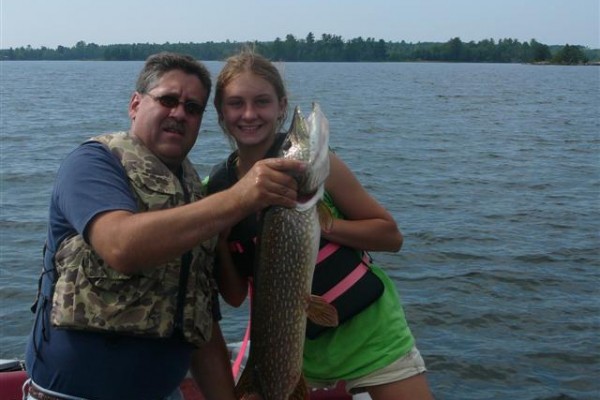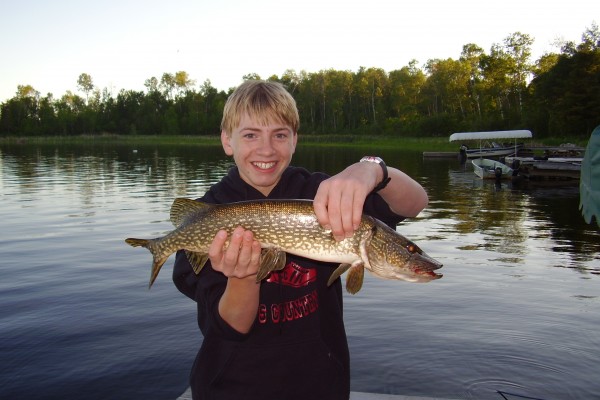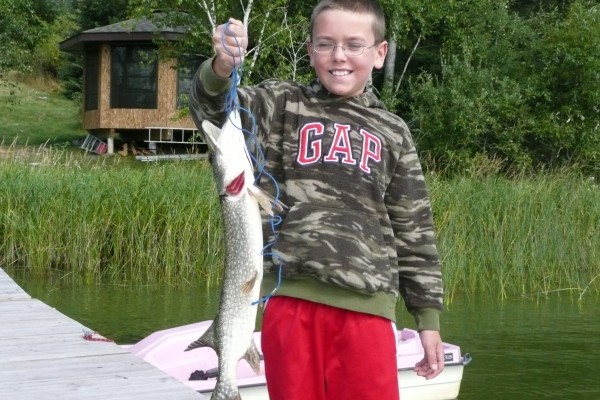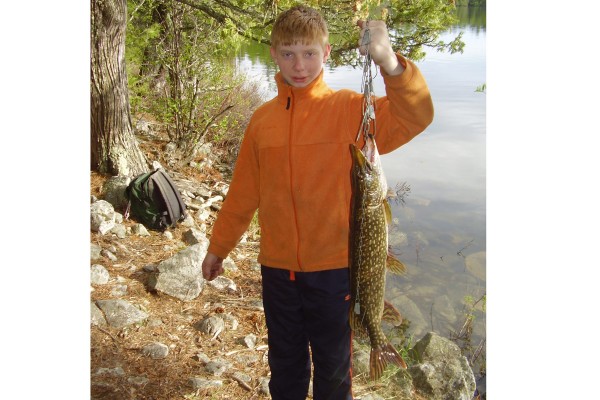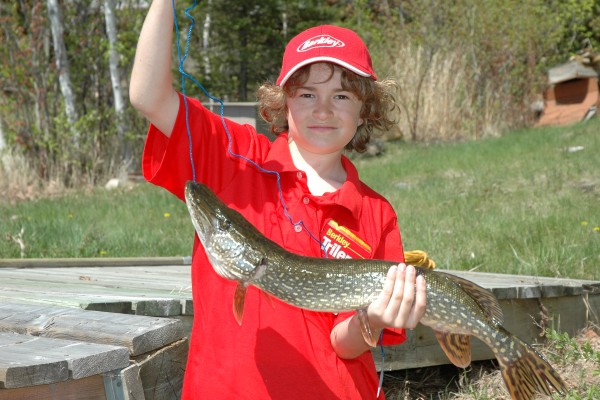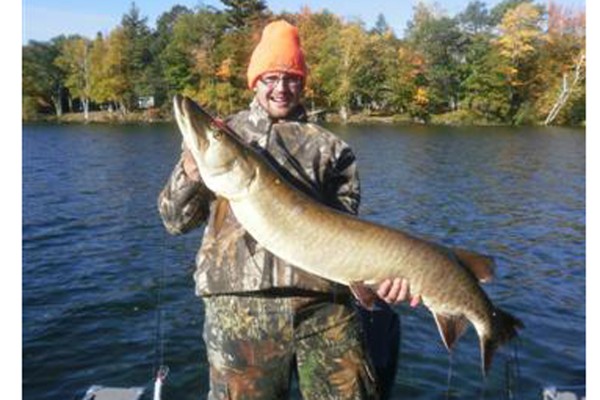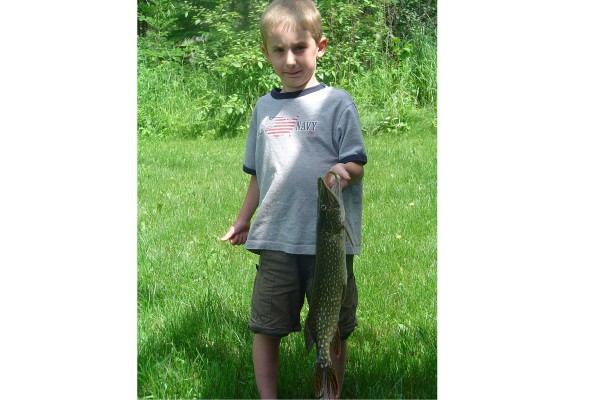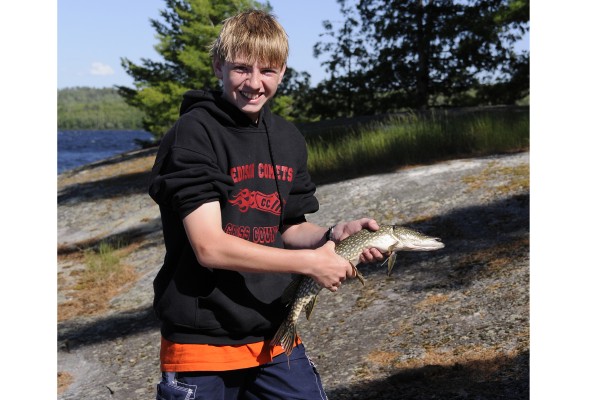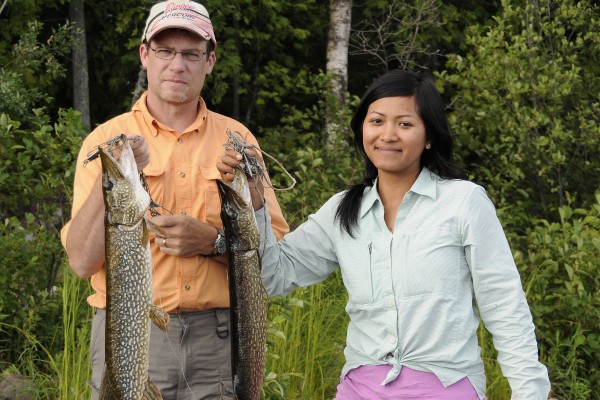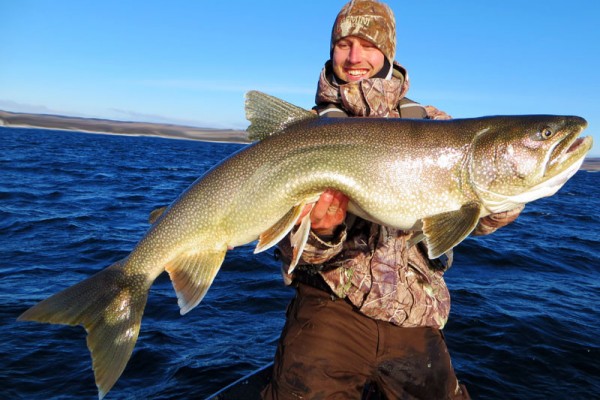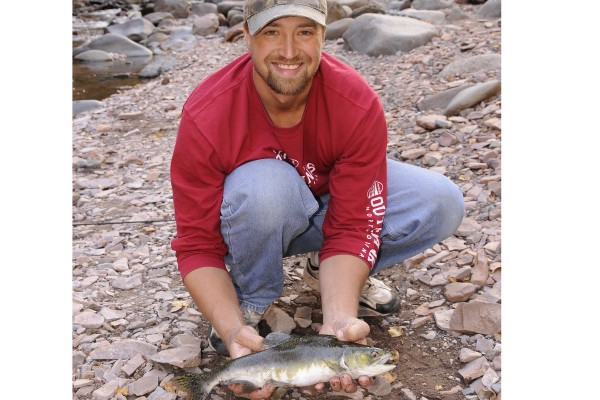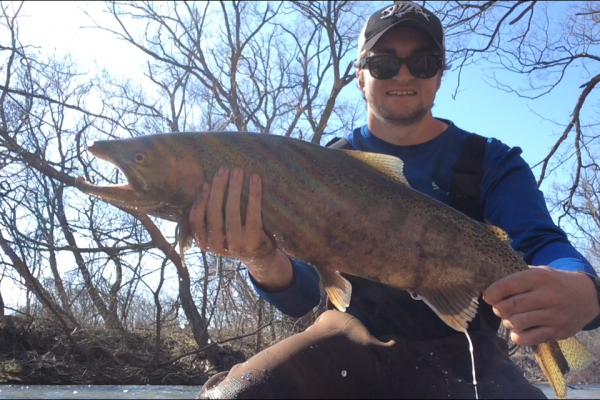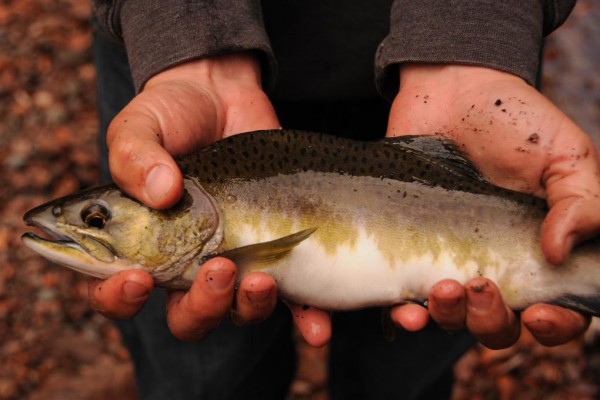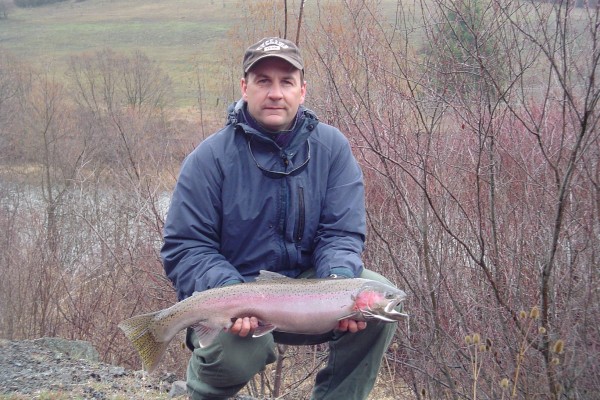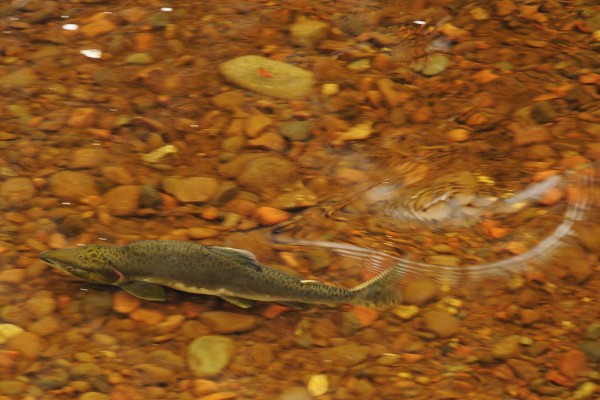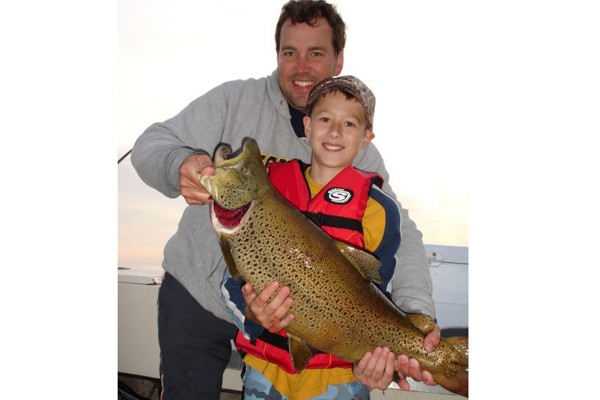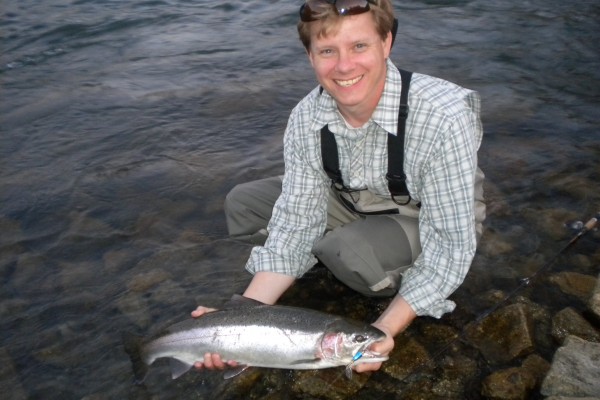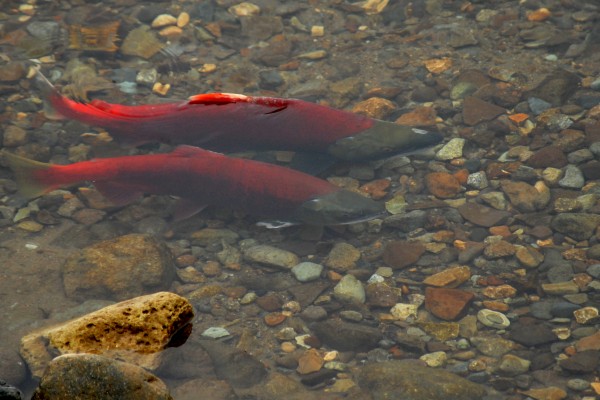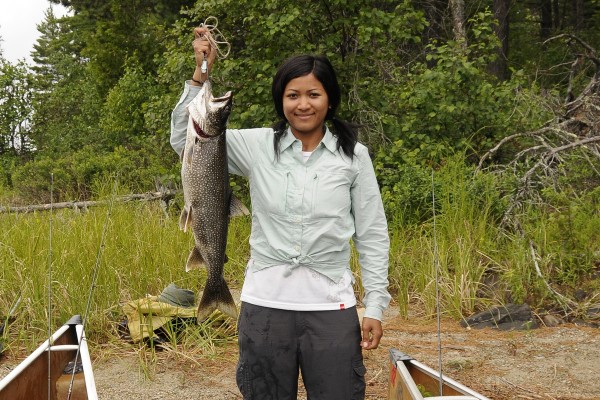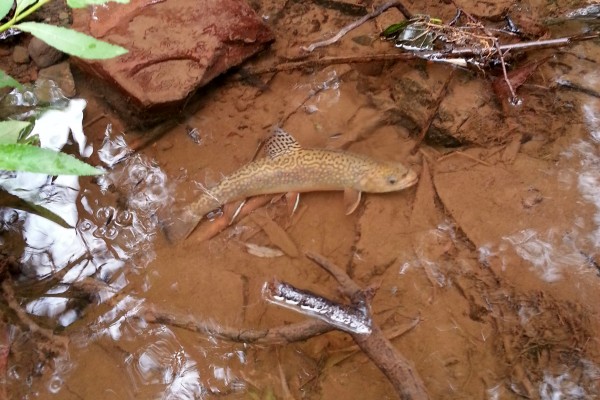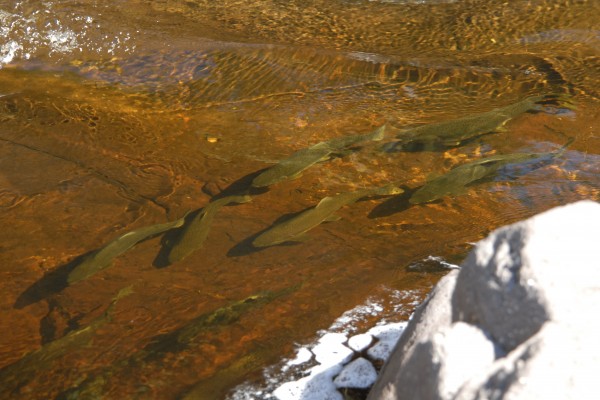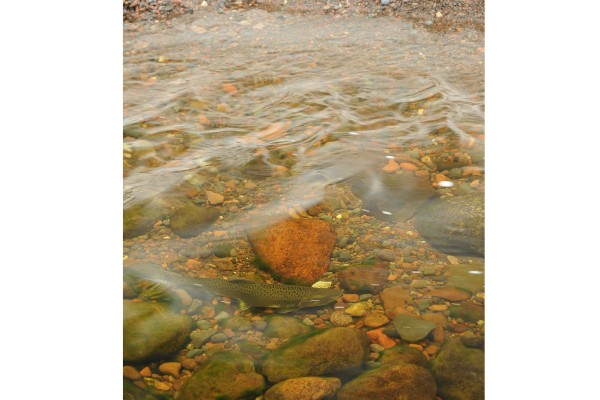North Central Division American Fisheries Society
Esocid Technical Committee
July 24, 2014
Chair – Dave Kittaka: IDNR ([email protected])
Immediate Past Chair – Dave Woods: MDC ([email protected])
Chair Elect – TBD
The following notes highlight discussions from the ETC business meeting held on the July 24, 2014, Radisson Hotel, La Crosse, WI. In attendance at the business meeting were Jordan Weeks, WI, Dave Woods, MO, Nick Haunert, IN, Aaron Cole, WI and Dave Kittaka, IN.
The meeting of the North Central Division of the American Fisheries Society’s Esocid Technical Committee began at 9 am, July 24, 2014.
The Winter Business Meeting minutes from the, Midwest Fish and Wildlife Conference, Kansas City, MO, January 26 2014 was approved without amendment.
Past and Future Leadership
Dave Kittaka presented an AFS plaque of appreciation to Dave Woods for 2 years of service as Chairman of the Esocid Technical Committee.
The chair-elect ideally would be from the state with the next Midwest Fish and Wildlife Conference. Michigan will be the location of the 2016 MWFWC. Dave Kittaka will be recruiting the next chair from MI in the coming months.
2015 Winter and Summer Business Meetings
The 75th Midwest Fish and Wildlife Conference will be held at the Hyatt Regency Hotel in Indianapolis, IN, February 8-11, 2015. The theme will be “Natural Resource Management in an Increasingly Connected World”. Please visit the website for more information.
Because of poor attendance by all committees, the ETC winter meeting in Kansas City was held with the WTC, CTC and the RSTC. It appears that out of state travel for state and federal employees is not getting any better. Only a handful of chapter representatives are attending from each state and many of those are asked to report state activity for multiple technical committees. A joint meeting for the winter Midwest meeting may be a better option for state representatives that have multiple state reports.
If the other committees feel this is a reasonable approach, Dave Kittaka will coordinate with RSTC, WTC, ITC and CTC to manage one joint meeting. Dave Kittaka is also a part of the Indiana planning committee for the MWFWC and will coordinate rooms for the winter meeting.
The 2015 summer meeting is tentatively scheduled for around the same time in July. Location will be in South Dakota. Hilary Meyer, WTC Chair-elect volunteered to make arrangements.
International Pike Symposium Book Sales:
The price of the International Pike Symposium book was dropped to $15 after the winter meeting. Currently there are only 6 books left. If you are interested in a book contact Dave Kittaka. [email protected]
2016 Hugh C. Becker International Muskie Symposium
As of now, the Muskie Symposium in 2016 will be held in Minneapolis, MN March 13-15, 2016. It has yet to be determined the ETC’s role in the symposium. Prior to the 2014 summer meeting, Curt Wagner and Kevin Page from Ohio DNR expressed interest in participating.
Jordan Weeks, WI will be making contact with the MN folks and Muskie Inc. to get an update on the progress of the symposium.
Budget
Andy Jansen submitted a budget break down of the ETC finances.
| 2014 Esocid | Description | Expenses | Deposits | Balance |
| 1-Jan | $2,521.48 | |||
| 23-Jun | plaque | $25.00 | ||
| 30-Jun | pike book | $15.00 | ||
| 30-Jun | ytd interest | $5.00 | ||
| $25.00 | $20.00 | $2,516.48 |
Thanks Dave Woods for your services to the Esocid Technical Committee 2012-14
State Reports
Ohio Summer Meeting Report 2014
Curt Wagner and Kevin Page, Ohio Division of Wildlife
We have two components of the Ohio Muskie Program that we are excited about and would like to report back to the ETC.
Beginning in 1960, Ohio muskie anglers have been reporting their catches using mail-in reporting cards. In, 2008, the Ohio Huskie Muskie Club, state Muskies, Inc., chapters and the Ohio Division of Wildlife partnered to create the Ohio Muskie Angler Log (MAL), hosted and maintained by the Ohio Division of Wildlife. The MAL replaced the card reporting method and allowed for real-time reporting of catches and provided a data set for biologists and also a means for a private, individual diary for registered anglers. At the start of the 2013 fishing season, a revised MAL was released. The most important change in what we call MAL 2.0 is that anglers can voluntarily opt-in using their profile and identify themselves as a “reporting all-trip” angler. Anglers who volunteer to be all-trip anglers pledge to enter all of their muskie fishing trips, not only the successful trips when a fish is caught. Consequently, on the management/research end, we can now filter our data to include only all-trip anglers and subsequently calculate actual catch-per-effort (CPE) rather than analyses relying only on raw numbers of muskies reported, as we were limited to prior. As members of ETC know, obtaining actual estimates of CPE across time and among lakes will allow for more meaningful analyses and inference. In 2013, the first year of the “reporting all-trips” option, we had 84 anglers opt-in to be all-trip anglers. Across all lakes and months, the average CPE for a muskie of any size was 0.13 fish per hour, considerably higher than published fish per hour estimates from many other muskie systems. Further work will be conducted to explore reporting bias – an attempt to understand if most anglers who opt-in actually are reporting all of their fishing trips. The MAL is a work in progress, but in an environment where we do not have a standardized sampling protocol to sample Ohio’s muskie fisheries (largely because these are all stocked fisheries), the MAL provides a useful tool to monitor trends across time and systems.
The Ohio Division of Wildlife is entering the second year of FIDR19, “Emigration and angler utilization of stocked muskellunge in Ohio reservoirs,” a project funded through Sport Fish Restoration. This 10-year project is aimed at understanding (1) the extent, timing, and demographic characteristics of muskie escapement through reservoir spillway structures, and (2) the angler capture/re-capture dynamics of muskies in the study systems. Fall 2013 marked our first year of project stocking. All muskies (age-0, ~250-300 mm TL) stocked into four study reservoirs (at a stocking rate of 1/acre) were individually tagged with both an external Floy-style tag and also implanted with a PIT tag. Initial post-stocking mortality was assessed using dock-side mortality cages and did not differ from controls, with the small level of observed mortality being attributed to overall transport and stocking stress, not specific to the tagging process. Below each of the four study reservoirs, a fixed, continuous scanning antenna was installed in the spillway area to record reservoir emigration events. Data will be analyzed using Program MARK, a powerful modeling program that uses the encounter histories of individual marked fish. As of June 30, no muskies have been detected by the stationary antennas. Further, this past June, we electrofished the first 0.5 river miles below one of the study reservoirs and found no age-0, stocked muskies in the stream, agreeing with the zero detections from that reservoirs spillway antenna. Anglers are aware of the tagged muskies in these reservoirs and that they can report tagged fish directly using the MAL (mentioned above). Further, both individual muskie anglers and muskie clubs have been outfitted with, or purchased on their own, PIT tag readers and will report both FLOY-style tags and PIT tags in the MAL, enabling evaluation of tag retention via the double-tagging. To date, eleven muskies from the Fall 2013 stocking have been reported caught within the study reservoirs, all by non-muskie anglers. We suspect angler reports will begin in regularity during the 2016 angling season – stay tuned!
Iowa’s Summer 2014 Esocid Update
Prepared by Jonathan Meerbeek
Thirteen lakes and impoundments are currently being managed as Muskellunge fisheries. In lakes where Muskellunge are used as broodstock, populations are monitored via annual spring gillnetting and population metrics are estimated using the Jolly-Seber model. In 2014, 539 Muskellunge were captured (233 recaptures) ranging from 25.6-51.5 inches in these lakes. Adult (≥ 30 inches) Muskellunge population estimates for 2013 in the Spirit Lake/Okoboji Chain and Clear Lake were 0.07 and 0.11 fish/acre, respectively. Currently, only spring-stocked, minnow finished yearlings are used in Iowa’s Muskellunge culture program. All yearling Muskellunge stocked into Iowa’s natural lakes are tagged via PIT tags prior to stocking (since 2011). In 2011 and 2012, yearlings were tagged in the check. Some of these fish recruited to our gill nets the past two springs. Tag retention was 52% (118 of 225 tagged) at 2-3 years post-tagging. In 2013, all Muskellunge were tagged in the dorsal musculature. These fish had not recruited to our gear in 2014. Tag Information regarding growth, survival and recruitment will help guide stocking rates to maintain desired population levels.
Emigration of Muskellunge (and walleye) from reservoirs or lakes to rivers continues to be a topic of concern in Iowa. The Iowa AFS Chapter sponsored a continuing education course this past July entitled “PIT Tag Use in Fisheries” that was presented by Oregon RFID. The affordability of this technology has improved substantially in recent years, and the potential for installing remote reader arrays at reservoir spillways and outlets is now much more practical. In response, Iowa DNR and Iowa State staff have been investigating the effects (survival and tag retention) of implanting three different sizes of PIT tags in two locations (body cavity and dorsal musculature) of small (6-7 in) Muskellunge. We observed no mortality three weeks post-implanting; however, tag retention rates did differ among tag sizes (Figure 1). These results will be used to guide fisheries managers as they design projects to evaluate emigration.
Figure 1. Percent tag loss of age-0 Muskellunge after three weeks of being injected with three sizes of PIT tags in two anatomical locations.
Iowa’s Muskellunge Management plan is near completion. We expect to have this manuscript reviewed by this fall.
Missouri Muskie Report – 2014
Missouri Department of Conservation
Dave Woods, Muskellunge Program Coordinator
Currently, five lakes in Missouri are now managed for muskies: Pomme de Terre Lake (7,820 ac.), Fellows Lake (820 ac.), Hazel Creek Lake (530 ac.), Henry Sever Lake (158 ac.) and Lake 35, Busch Conservation Area (62 ac.). Henry Sever Lake is included in the program as a surplus stocking location only.
- Standardized fyke net surveys were conducted this spring at Pomme de Terre Lake, Hazel Creek Lake, Fellows Lake, and August A. Busch Conservation Area, Lake 35. Unlike the unusually warm spring of 2012 and unusually cold spring of 2013, sampling conditions and water temperatures in 2014 were more ideal for muskie sampling.
- Pomme de Terre Lake – – A total of 161 muskies (102 males and 59 females) were captured in 30 net-days, resulting in a catch rate of 5.4 fish per net-day. Of the muskie captured, 30% were 36 inches or longer and 5% were 40 inches or longer. The largest fish captured was a female that measured 42.5 inches long and weighed 22.75 pounds.
- Hazel Creek Lake – A total of 33 muskies were captured in 7 net-days, resulting in a catch rate of 4.7 fish per net-day. Of the muskie captured, 33% were 36 inches or longer and 8% were 40 inches or longer. The largest fish captured was 42 inches long.
- Fellows Lake – A total of 74 muskies (35 males and 39 females) were captured in 28 net-days, resulting in a catch rate of 2.6 fish per net-day. Of the muskie captured, 28% were 36 inches or longer and 10% were 40 inches or longer. The largest fish captured was 44 inches long.
- Busch CA Lake 35 – A total of 9 muskies (7 males and 2 females) were captured in 10 net-days, resulting in a catch rate of 0.9 fish per net-day. Of the muskie captured, 11% were 36 inches or longer and 40 inches or longer. The largest fish captured was 40 inches long.
- Since 2008, Missouri has received muskie fingerlings from Spirit Lake Fish Hatchery in Iowa. Those fingerlings typically arrive in MDC’s hatchery system in early summer and are grown out to12-16 inches before being stocked into program lakes each fall. Unfortunately, Iowa was not able to provide any muskie fingerlings to Missouri last year due to poor hatchery survival. Fortunately, staff was able to find a limited number of muskie fingerlings thru Indiana. While we did not meet our full stocking commitment of 5,400 fish, we were able to stock approximately 2,000 fingerlings, about 37% of our commitment. Those fingerlings averaged 10.3 inches in length at stocking in November of 2013. MDC staff requested an increased stocking rate for some program lakes in 2014 to help compensate for last year’s shortage.
- As outlined in the Missouri Muskie Management Plan (2008 – 2017) (http://mdc.mo.gov/sites/default/files/resources/2010/05/6207_4073.pdf); this fall, 12‐14 inch muskie fingerlings will be stocked at a rate of 1 fish/acre at Fellows Lake, Hazel Creek Lake and Lake 35, Busch CA. Pomme de Terre Lake is scheduled for a pulse stocking this year and is to be stocked with 6000-8000, 12‐14 inch fingerlings. If surplus muskie are available, Henry Sever Lake will be stocked up to a maximum rate of 1 fish/acre.
- The Show-Me-Muskie Project is a volunteer reporting program in which the Missouri Department of Conservation invites conservation-minded muskie anglers to help evaluate Missouri’s muskellunge management program. Volunteers include a wide cross-section of muskie anglers at all levels of skill and experience. Missouri’s Muskellunge Plan sets muskie angler catch-rate objectives, which can be documented most efficiently by anglers themselves. In 2013, Missouri had 91 anglers submit information. Collectively, they made 427 trips and fished a total of 2,484 hours on the five program lakes. There were 403 muskie encounters (6.2 hrs./encounter) and 199 caught (12.5 hrs/catch); of which 69 were 36 inches or longer (36.0 hrs./catch >36”), within the goal identified in the current muskie plan of 20 to 40 hours. The 2014 Show-Me-Newsletter provides a summary of all data collected last year and can be obtained by contacting Dave Woods, MDC.
- Occasionally MDC biologists hear reports of muskie mortalities due to improper fish handling. The majority of these mortalities are often due to anglers not knowing proper catch and release methods or anglers fishing for other species not being fully equipped to deal with such a toothy and sizable catch. At the suggestion of some muskie program partners, MDC staff developed new educational signs to post at our program lakes. Hopefully these signs will prepare all anglers for a possible muskie encounter and result in less hooking mortality due to improper handling.
Indiana summer update 2014
Juvenile Muskellunge radio tracking project to document movement and habitat selection
Eagle Creek Reservoir, Indianapolis Indiana
Nick Haunert, Ball State University, Muncie, IN
2014
The objective of this study is to determine the movements and habitat selection of stocked juvenile muskellunge in Eagle Creek Reservoir. Forty, 12 inch juvenile muskellunge were provided by the Indiana Department of Natural Resources and are being tracked in Eagle Creek Reservoir using radio tags. The tags were surgically implanted at East Fork State Fish Hatchery in March of 2014 and stocked on March 29 at the marina in Eagle Creek Park. The tags have a battery life of 257 days and tracking is taking place weekly. Initial results show muskellunge are mostly found near submerged and floating timber in 1 to 3 feet of water in the northern half of the reservoir during April and May. During the second week of April, 24 of the fish disappeared and have still not been found. Some of the remaining fish also disappeared as the summer continued. There was one fish found in a bordering gravel pit and two were found upstream in Big Eagle Creek. The remaining missing fish could have been preyed on by predatory birds, passed through the dam, or traveled further upstream out of the reservoir. There are currently nine of the forty tagged juvenile muskellunge being consistently tracked. They were usually found at a depth of 4 to 5 feet for most of June but moved into about 1 foot towards the end of July. The muskellunge are still found near submerged and floating timber. The search for the missing fish will continue and remaining muskellunge will continue to be tracked weekly until the tag batteries die in mid-November of this year. Recently, day and night movements have been compared. Preliminary results suggest that the fish move into shallow water during the night. They were found near floating timber or emergent vegetation after moving into the shallow water at night.
The general survey of Eagle Creek Reservoir began during the middle of July to study how stocking muskellunge is affecting other fishes. This survey has been conducted annually since 2012. A variety fish species have been collected although no muskellunge have been collected since the survey first started. Gill net sets have been completed but, trap net sets and nighttime electrofishing still need to be completed for this year.





